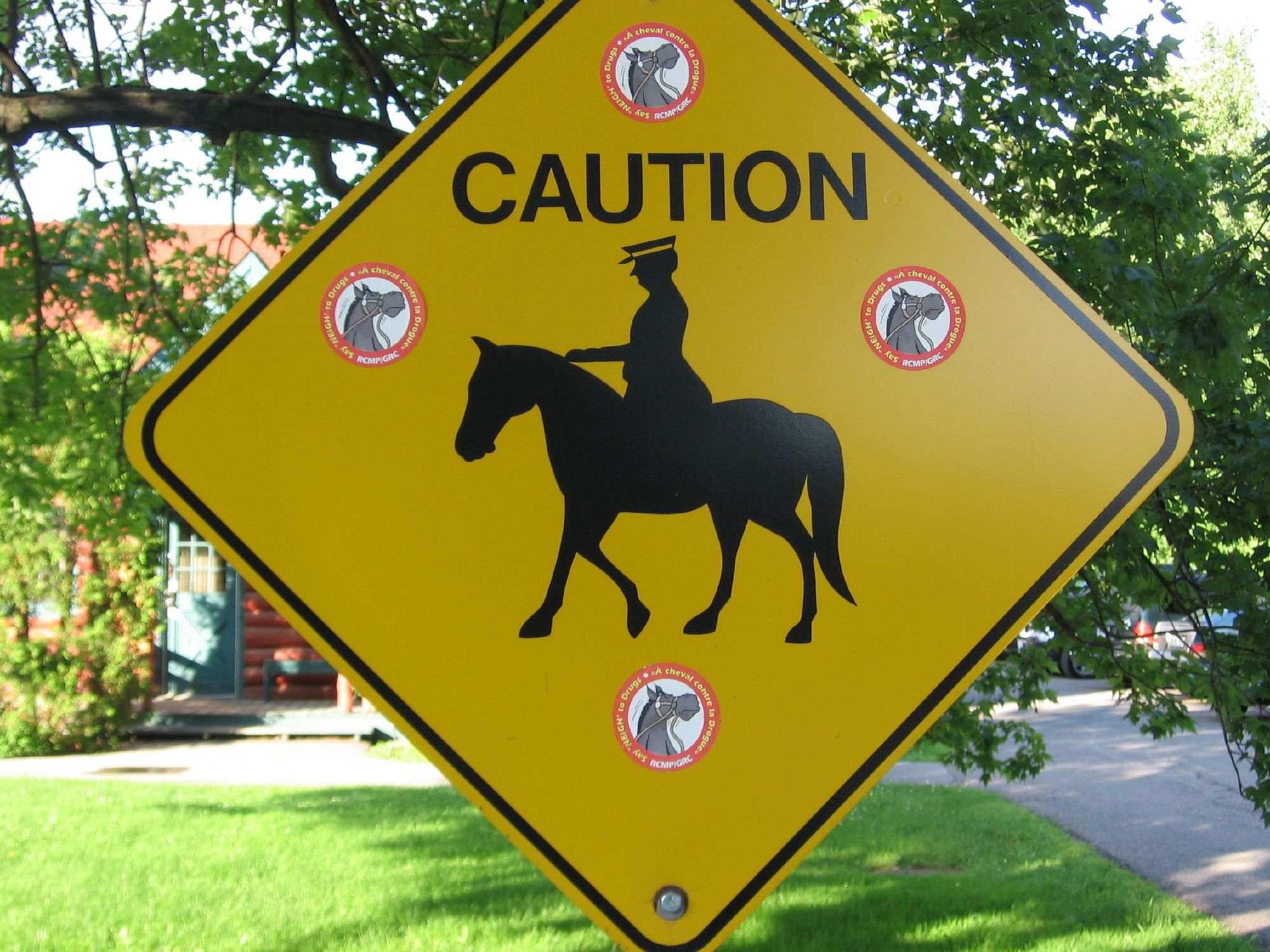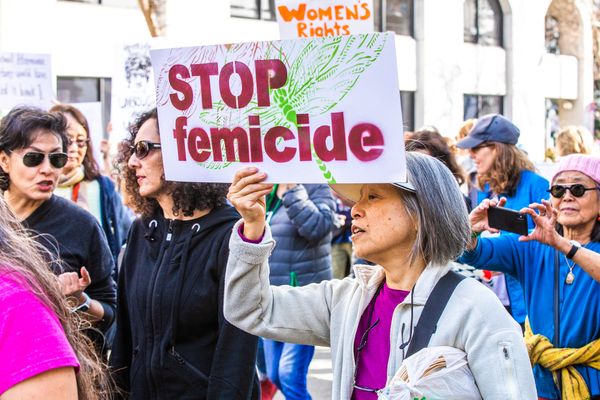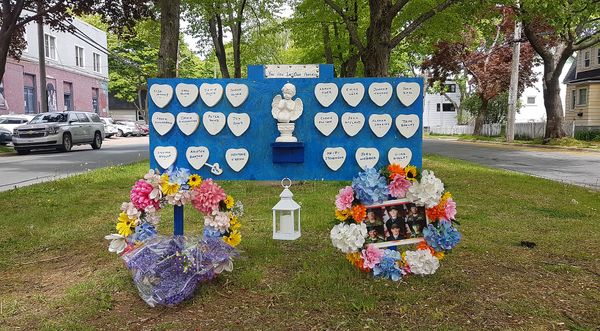Close your eyes for a moment and imagine what police informing a mother her son was killed looks like. What do you see?
In my mind’s eye, there’s an officer on the front step. He rings the bell. After a brief second or two the porch light comes on. The mother opens the door. She sees the man in uniform slowly remove his cap. It takes a split second, but before the officer opens his mouth, she knows why he’s there. Maybe there’s a stunned silence. Perhaps she collapses, weeping. There may also be screaming.
This is not how things went for Debbie Baptiste, Colten Boushie’s mother. RCMP officers surrounded her home, in tactical gear and with guns drawn, and then went to her door to inform her that her son had been killed. They accused her of being drunk, told her to “get it together,” searched her house and accused her of lying to them.
This is just one of many acts of racism, inhumanity and incompetence the RCMP committed in their investigation of the death of Boushie, a 22-year-old Indigenous man in Saskatchewan who was killed with a handgun in August 2016 after him and his friends pulled their car onto a farmer’s lane due to a blown out tire.
These acts are detailed in the final report from the Civilian Review and Complaints Commission for the RCMP on the force’s investigation and actions following Boushie’s death, released earlier this month.
The report concludes that the “investigation conducted by the RCMP was generally professional and reasonable,” notwithstanding some failures. Yet this conclusion doesn’t make sense given the failures were numerous, depraved and overwhelming.
The general thrust of the report isn’t novel, as the RCMP isn’t an organization broadly known for its competence or its commitment to racial equality. But the specifics of it are shocking all the same.
The problems with the investigation fall into three basic categories.
First, there’s the horrific and racist ways the RCMP treated Boushie’s family and friends.
Second, there’s the RCMP’s various investigative failures that may well have changed the outcome of Gerald Stanley’s trial. (Stanley’s legal team concocted a bizarre theory that the gun he was holding had somehow accidentally gone off, a malfunction made a bullet fire after a significant delay, and that he hadn’t pulled the trigger while the gun was pointed at Boushie. This managed to convince an all-white jury, and in 2018 he was acquitted of second-degree murder.)
Finally, there’s the fact the RCMP conducted its own investigation without ever mentioning it to the commission until it was completed, and deleted radio recordings and telephone transcripts that would have made vital evidence for the commission.
Any one of these failures should undermine the claim that the investigation was professional, but taken together they throw an already wretched outcome into true disrepute.
So, then. Let’s go through the report, and see up close what a “generally professional and reasonable” investigation by the RCMP looks like.
The RCMP’s horrific treatment of Boushie’s family and friends began before his mother even knew he’d been killed, with the surrounding of her home by armed officers.
The report found that “after the RCMP members had just announced to Ms. Baptiste that her son was deceased, one member questioned her about whether she had been drinking. As the RCMP members were searching Ms. Baptiste’s home for reasons unknown to her, and Ms. Baptiste displayed distress at the news they had just given her, one member told her to ‘get it together.’”
The report continues: “In a particularly hurtful instance, an RCMP member looked into Ms. Baptiste’s microwave where Mr. Boushie’s uneaten dinner was waiting for him, after Ms. Baptiste told the RCMP that she had placed it there when her son had not returned in time for supper as he had promised earlier. After spending the evening fearing that something had happened to her son and just seeing her worst fears realized, Ms. Baptiste saw her home encircled by a large number of armed police officers and had to endure this treatment from the RCMP members who remained in her home for about 20 minutes.”
The commission attempted to justify some of these actions, claiming there were “tactical” reasons for the armed presence, including that they supposedly believed Boushie’s friends were armed and hiding in the house. They weren’t. Yet the commission also accepted that as a whole, this was an act of anti-Indigenous racism.
If that wasn’t enough, RCMP members attended Boushie’s wake uninvited, intending to update his mother on the case at a highly inappropriate moment. This was quite upsetting to his mother. Not only were these members of the same force that had treated her so cruelly on the night of her son’s death, but they’d yet to release his body to her, disrupting the funeral process.
The report found that, “The presence of the RCMP members at the funeral hall was not welcome by the family; it further upset Ms. Baptiste at a moment of acute emotional vulnerability. During interviews, family members indicated that the police presence at the funeral intruded upon their grief and added to the negative experience they had already had with police during the next-of-kin notification.”
The commission also found that while the RCMP’s arrest of Boushie’s friends — who were held overnight and presented with mischief charges that would later be dropped — may have been reasonable, the way they were treated after was unacceptable.
The report states that “the interviewers made little effort to establish trust. Given the historic distrust of police by Indigenous communities, the trauma, shock, and chaos of the previous day’s events, the lack of sleep, the lodging in cells, and the potentially severe hangovers the witnesses suffered, the commission found that the RCMP interviewers did not reasonably foster a state of mind that was conducive to witness cooperation.”
The report adds that police gave “confusing and contradictory” explanations to Boushie’s friends, that left them confused as to what information the RCMP even wanted. Worse, police continued to hold the three of them in jail, despite all of them having given statements.
This is a crossover point between the RCMP’s racist treatment of Boushie’s friends and family and their investigative failures.
The most glaring failure is the RCMP’s decision to not protect one of the most vital parts of the crime scene, the Ford Escape where Boushie was sitting when he was killed.
Officers failed to so much as put a tarp over the vehicle, which had had its front window smashed. Over the next several days, no proper crime scene crews came to inspect the farm where the killing happened. In the interim, a storm — which “many” of the officers who were investigating the killing knew was coming — blew through and washed away possibly crucial blood stain evidence within the vehicle. The report found that there was “no clear explanation” for how this was allowed to happen.
What difference this evidence would have made is unknowable, yet as the report states: “The reason why all evidence must be preserved and processed in the timeliest way possible is because the potential relevance of any piece of physical evidence may be unknown at the outset of an investigation. In this case, Mr. Boushie was sitting in the Ford Escape when he was shot, so the importance of preserving the vehicle was clear.”
A related failure was the RCMP’s delay in starting the paperwork. They can’t actually process crime scenes until they have a warrant from a judge, and in order to get that warrant, they need to file an Information To Obtain. But the paperwork wasn’t started until 6 a.m. the day after Boushie was killed, and the warrant wouldn’t be issued until 8 p.m. that night, meaning a whole two days passed before the search started.
But there were other failures.
Stanley’s wife and son were both required for questioning. The son had smashed the SUV’s windshield before the fatal shot was fired, and the wife had been the one to call the police. Inexplicably, the two were allowed to travel together to the RCMP detachment more than 40 kilometres from their home, in their own vehicle, without ever being so much as warned not to discuss what they’d seen. This is plenty of time for two people to get their stories straight before giving a statement to police.
And while not discussed in the commission’s report, it’s quite the contrast with the treatment Boushie’s friends, all Indigenous, received.
Finally there are the multiple issues with how the RCMP proceeded with its own internal investigation and handling of records.
First off, after two years they destroyed all recordings and transcripts of phone and radio communications between officers. This is within RCMP policy, technically, but as the commission points out, “both the family’s complaint and the commission chairperson’s complaint had been initiated before the end of the two-year retention period, and […] the materials were relevant to these complaints.”
This is another example of how something that might have been vital for understanding what happened to Boushie, and more specifically, how the RCMP conducted themselves during the ensuing investigation, is gone. Like the blood spatter evidence washed away by rain, so too are these recordings lost forever.
The other suspicious part is that the RCMP did its own internal review of the investigation, started less than a year after the shooting, but didn’t tell anyone until the Complaints Commission had already completed its interim report.
This may have been useful for the commission’s investigation — though after reviewing the report, the commission found it didn’t reveal any new information. The most pressing issue, though, is that this parallel investigation might have skewed the commission’s own review.
The report states, “The commission is especially concerned about the RCMP’s decision to interview many of the same witnesses interviewed by the Commission, and the risks of interfering with the commission’s [final report] by conducting such interviews, without disclosing detailed plans to the commission in advance to ensure that there was no interference with the commission’s work.”
The internal review also didn’t bother to interview anyone outside the RCMP, including Boushie’s family.
The commission made 17 final recommendations to the RCMP. The RCMP was given the chance to respond to each of these conclusions and recommendations. RCMP Commissioner Brenda Lucki’s responses ended up being heavily focused on pedantic small points, but did little to address the more grave recommendations put forward by the commission.
“Despite generally accepting almost all findings and recommendations, the RCMP’s response said very little about the issues at the heart of this case, while devoting much attention to more minor and technical points about the few findings the RCMP disagreed with,” the report says.
“These points often related to resources and logistical issues that were discussed at length, while the more important issues were often addressed with few words. In that sense, the response could be viewed as a missed opportunity for the RCMP to take responsibility for the manner in which Mr. Boushie’s family and friends were treated.”
Despite all of the problems the commission detailed — the sloppy investigation, the racism, the unequal treatment of witnesses — they still made sure to conclude that the investigation was “generally professional and reasonable.”
How can this be? If this is what ultimately passes for a well-enough done investigation, what would a botched investigation look like?
Many of the report’s recommendations revolve around providing officers with additional training, guidance and mentoring. There’s a recommendation that certain officers read the report along with a senior RCMP officer. And, of course, there’s a recommendation for “cultural awareness training.”
But what amount of training can fix an organization that barges into the home of a mother who has just lost her son and accuses her of being drunk and lying to them? How can a powerpoint presentation or a review of the RCMP handbook provide the lack of basic human decency that forces a grieving mother to open up her microwave to prove she was waiting for her dead son to come home for dinner?
How do you offer “operational guidance” to not be cruel to another human being? And if that is the core of the recommendations, what good are these reports?
The RCMP isn’t an organization that can be fixed with new procedures, methods or courses. The problems with the force run too deep, and are too wide to be papered over. The only solution to fix what is broken in this case is to tear it down.
Until that day comes, each of these reports is just a prelude to the next.







Member discussion